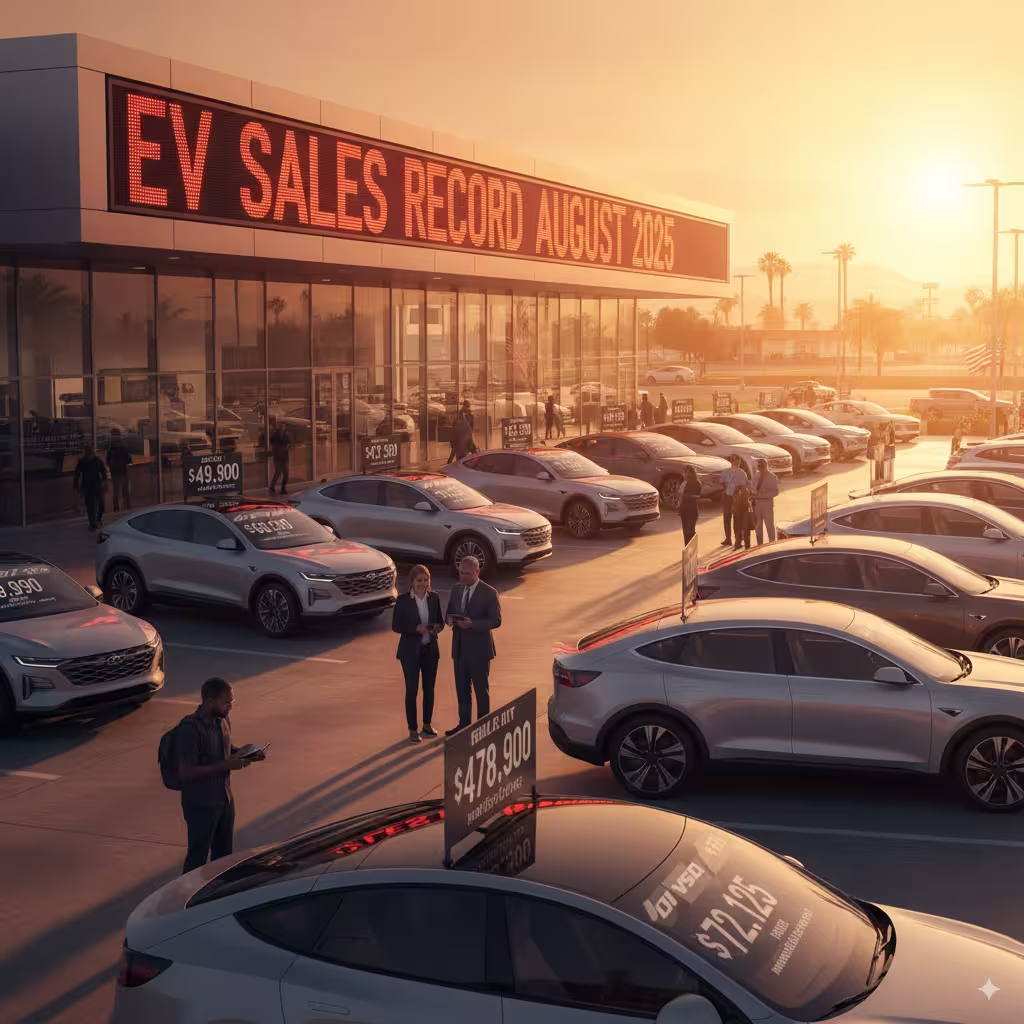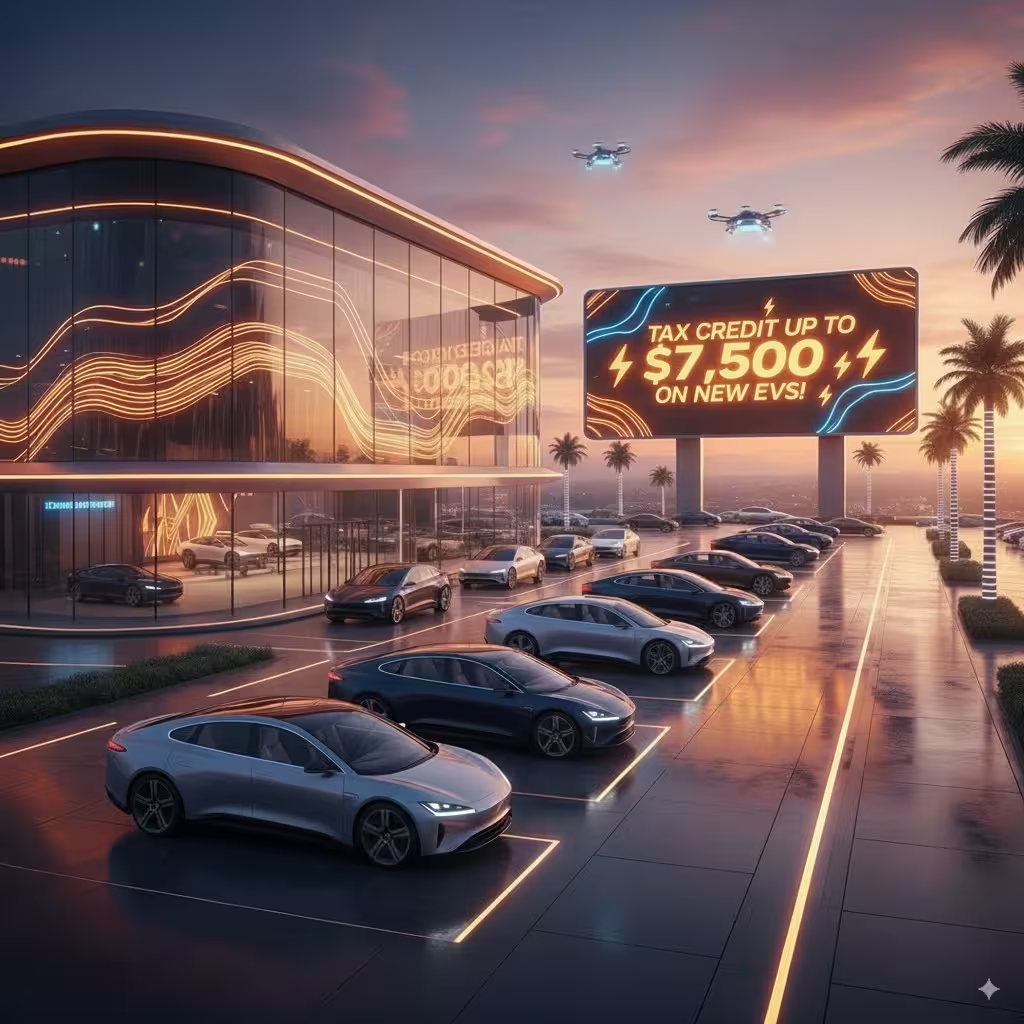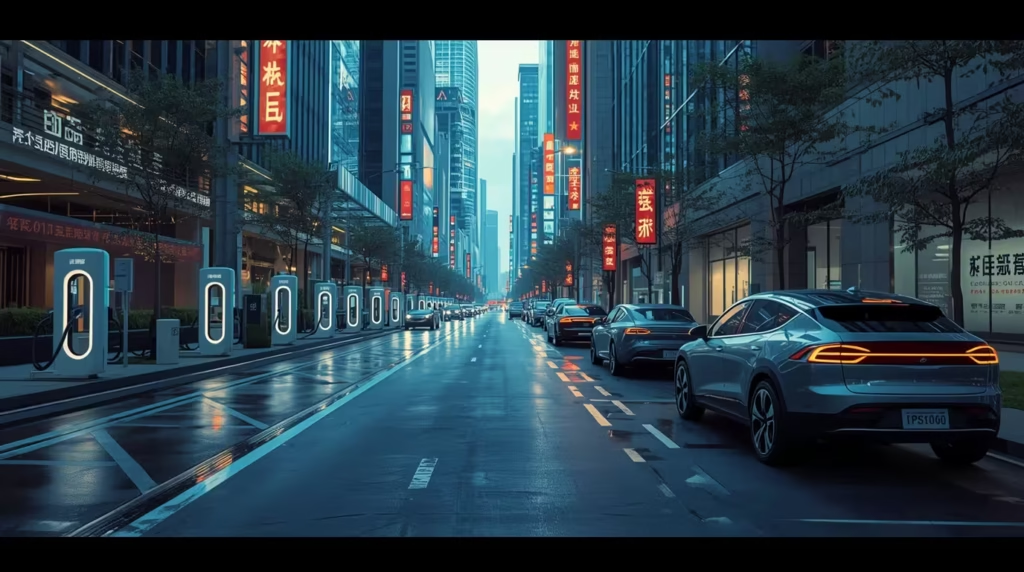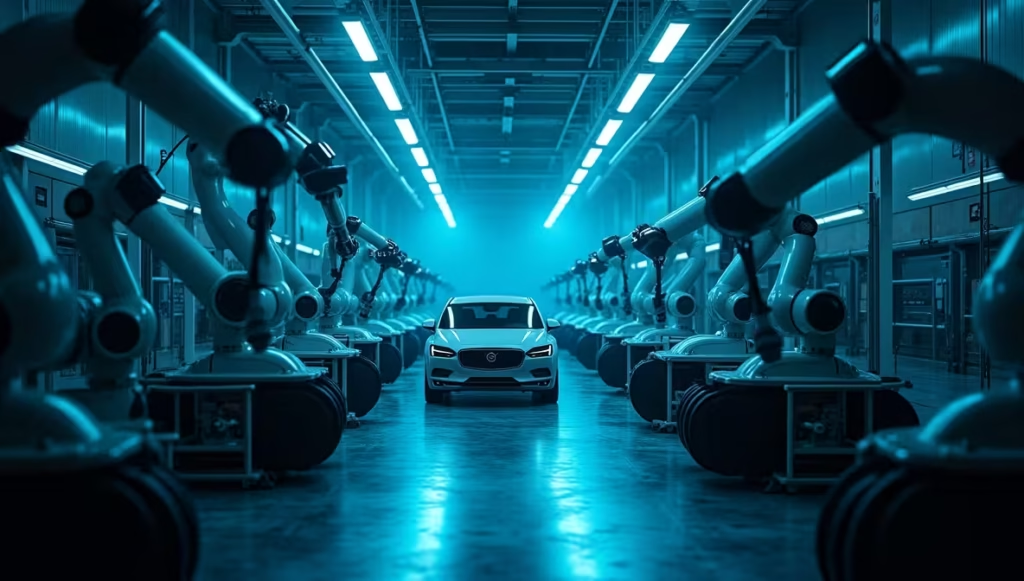The future of electric performance is arriving faster than many expected; and Mercedes-AMG wants to lead the charge. Company’s has recently announced that its next electric performance car will “be so far ahead of the game”. That’s not just hype. If AMG delivers on this bold promise, it could mark a turning point for high-performance EVs worldwide.
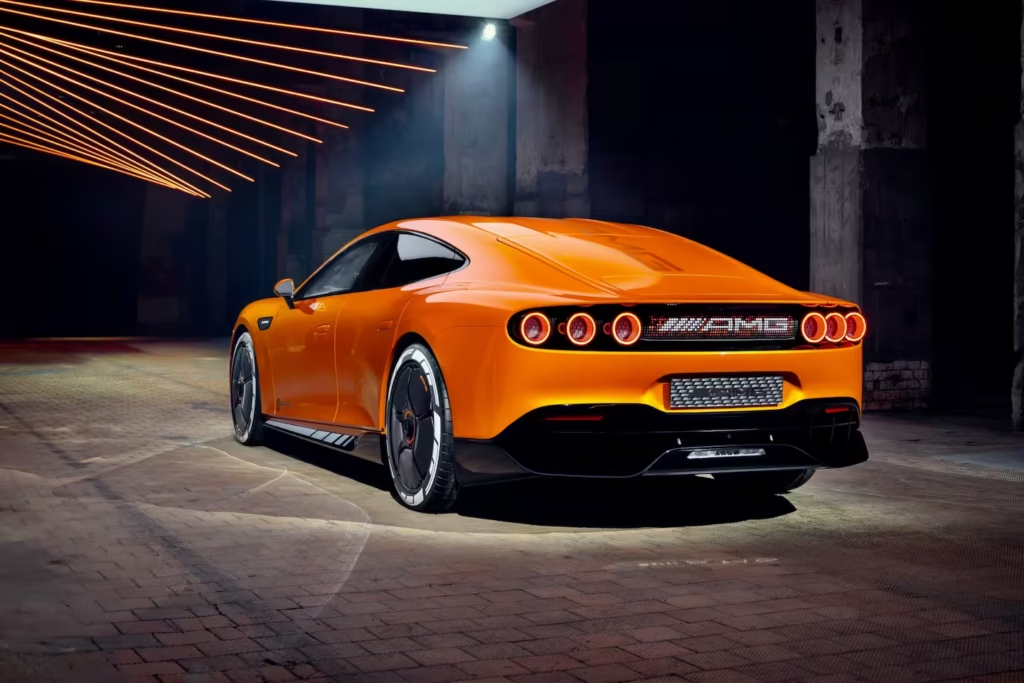
AMG’s Electric Evolution
Mercedes-AMG is known for speed, power, and luxury. But the shift to EVs is rewriting the rulebook. Gas engines are gone, replaced by silent motors. Instant torque takes the place of turbo lag. Aerodynamics and battery design matter more than exhaust sound.
Instead of fighting this change, AMG is leaning in. The company says its new EV will use electrification as a strength, not a weakness. Early hints point to:
- Blazing acceleration that could rival Tesla’s fastest models
- Smarter, lighter batteries built for range and speed
- Track-ready handling tuned for racing and road driving
- Upgradable software that unlocks new features over time
How It Stacks Up Against Rivals
The EV performance market is crowded. Porsche, Audi, BMW, and Tesla all want the crown. But AMG has one big advantage—its history of making performance feel emotional, not just technical.
Other brands chase big numbers. AMG wants drivers to feel connected to the car. That could help it stand apart in an industry where specs often dominate.
Porsche’s Cayenne EV shows the risk of getting it wrong. As we covered in Cayenne EV Controversy: Why Porsche Fans Are Actually Losing Faith, heritage can hold back innovation. AMG looks ready to avoid that trap.
The Promise of AMG’s Concept GT XX
The new EV will likely take cues from the Concept AMG GT XX. This prototype already set records during testing. It mixes sharp aerodynamics with new drive systems designed in-house.
Insiders say the car could outpace Tesla and Lucid in real-world driving. Here’s what to expect:
- High-voltage batteries that last longer at top speeds
- Four electric motors for precise cornering and grip
- AI-powered driving modes for road or track use
- Luxury interior with AMG’s trademark sporty feel
Why This Matters for the EV Market
This is more than just another supercar. AMG’s EV could reset the performance market.
- Proves excitement is possible without gas engines
- Spreads new tech across future Mercedes models
- Forces rivals to innovate faster
- Raises the bar for how EVs are judged worldwide
As WhichCar reports, AMG bosses believe the car will “be far ahead of the game.” It’s a bold claim—but one that fits the brand’s legacy.
What to Watch Next
Mercedes-AMG has not confirmed launch dates or final specs. But leaks suggest we’ll see the car within a year. Expect teasers, prototypes, and track records to build hype along the way.
Final Word
Mercedes-AMG wants to prove that EVs can thrill as much as gas-powered cars. If the promise holds, this EV could redefine performance for the electric age.
Silent speed is here. AMG’s job is to make sure it still gives you goosebumps.
